What is Query Optimization?
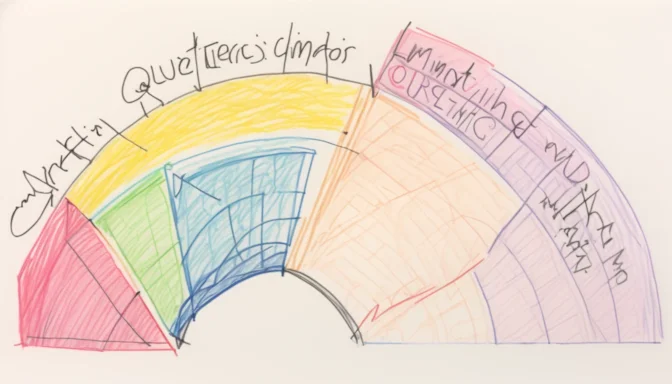
Query optimization is the process of selecting the most efficient execution plan for a given query. After parsing, the parsed query is sent to the query optimizer, which generates multiple execution plans and selects the one with the lowest estimated cost.
Optimization in SQL Queries

SQL optimization is the art of formulating your SQL queries in the most efficient manner for faster and more accurate results. Common SQL queries like INSERT, SELECT, UPDATE, DELETE, and CALL are optimized through this process.
Understanding CTE in SQL
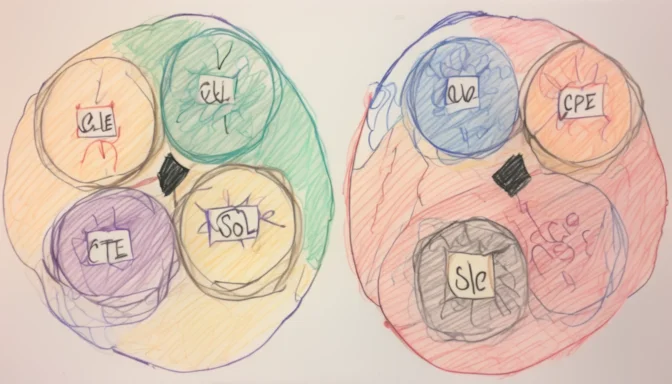
A CTE, or Common Table Expression, is a temporary result set that exists within the scope of a single SQL query. It can be used in various SQL statements such as SELECT, INSERT, UPDATE, DELETE, and more.
Major Steps in Query Optimization
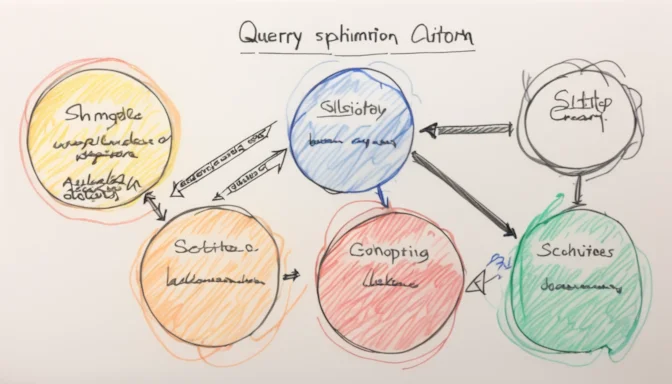
The process of query optimization involves three major steps: query tree generation, plan generation, and query plan code generation.
Examples of Query Optimization

An example of query optimization could involve a query that searches for students in leadership roles. Based on optimizer statistics, a decision might be made to perform a full table search for the most efficient result.
Automatic Optimization in SQL
Database engines like SQL Server do attempt to automatically optimize queries. They translate the SQL queries into actual database instructions, optimizing where possible.
CTE vs Subquery Performance

CTEs offer more readability in complex queries compared to subqueries. However, they may not necessarily offer better performance.
CTE vs Temporary Tables
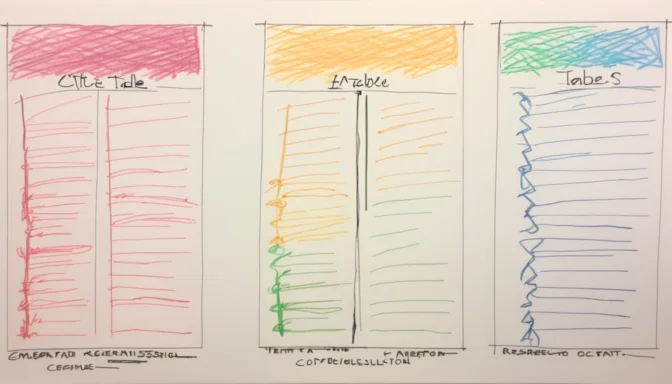
CTEs are useful for small data sets and improving query readability, but when it comes to very large tables, temporary tables can significantly outperform CTEs.
Alternatives to CTE in SQL
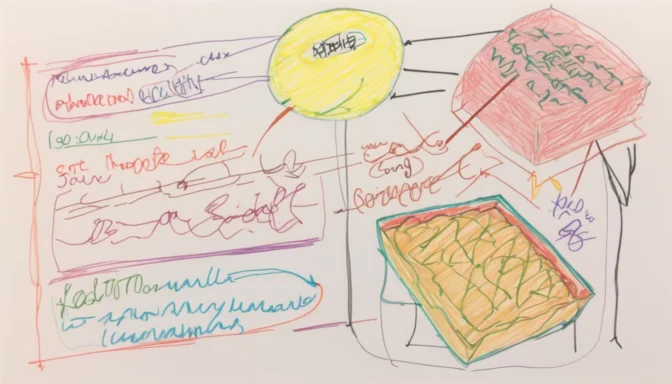
Subqueries can be used as an alternative to CTEs. These subqueries are enclosed in parentheses and their output serves as a temporary table within the query.
What is Indexing in SQL?

Indexing in SQL is a technique that uses a special table to speed up data retrieval. The index is stored separately and can significantly improve the performance of database queries.
 E-Commerceo
E-Commerceo
